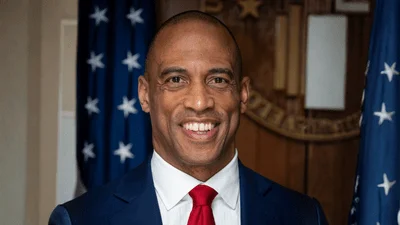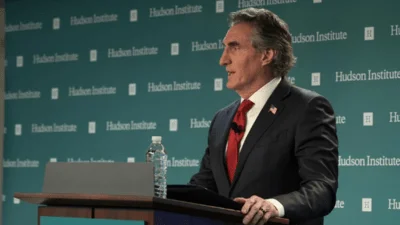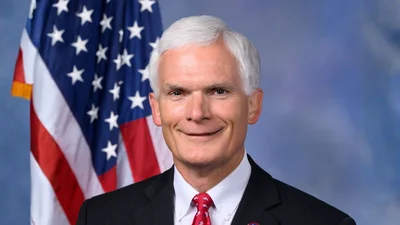U.S. Chief Border Patrol Agent Gloria Chavez of the agency's Rio Grande Valley Sector tweeted about border patrol's March 17 encounters with Chinese nationals.
"Ninety additional Chinese national apprehensions on Thursday, marking the most encountered since 2010 in a single day," Chavez wrote. "This brings the FYTD total to 1,667."
NBC News reported a significant increase in border apprehensions of Chinese nationals in the past five months.
Many Chinese nationals are crossing the southern border of the United States using social media apps to find their way, NBC reported. Ian Johnson, a senior fellow with the Council on Foreign Relations, said many are fleeing China due to a tense "political situation" and "finding any method" to escape China.
According to Customs and Border Protection Data, as of March 29, at least 4,300 Chinese nationals had been apprehended at the border, more than double the number for 2022. One immigrant told MSNBC that Chinese social media apps easily help those trying to get into the United States with guides and maps.
According to Axios, the growing number in Chinese immigrants at the southern border is due to stricter political policy in China and also the awareness that once someone makes it to the border, it is well known they will make it in.
"The word is out," Rep. Vicente Gonzalez, a Texas border Democrat, told Axios. "If you can get to our southern border, you have pretty good shot at getting in, and it has changed the demographics."
Many Chinese nationals travel through Latin American countries first before making their way to the U.S.-Mexico border. Approximately 2,200 made it to the border in the first two months of 2023, according to Axios. In 2022, there were less than 2,000 Chinese migrants the entire year, Axios reported.
Chinese nationals are given asylum at a much higher rate (58%) than those coming from the Northern Triangle, which includes Guatemala, Honduras and El Salvador (10%). Axios reported the top reasons for this uptick in crossings are human rights abuses in China, a lack of implementation of many of former President Donald Trump's border policies, as well as social media apps making the journey much easier to attempt.









